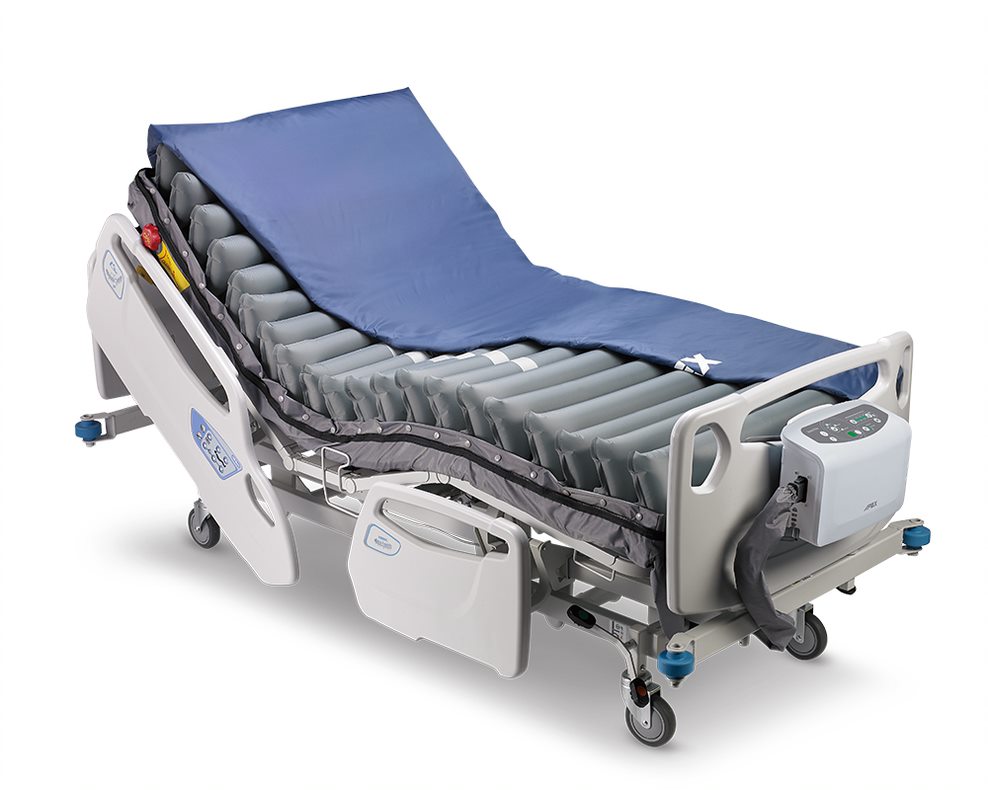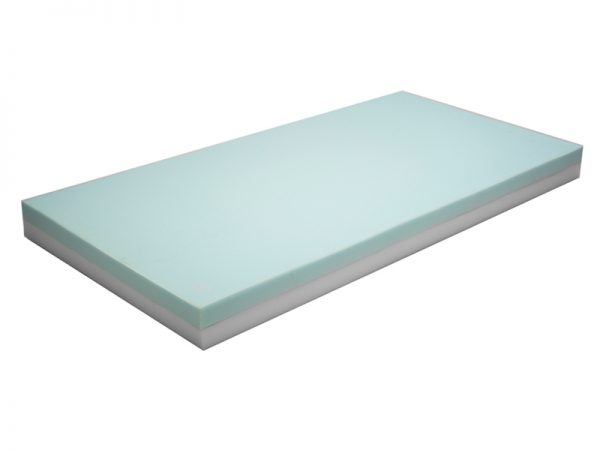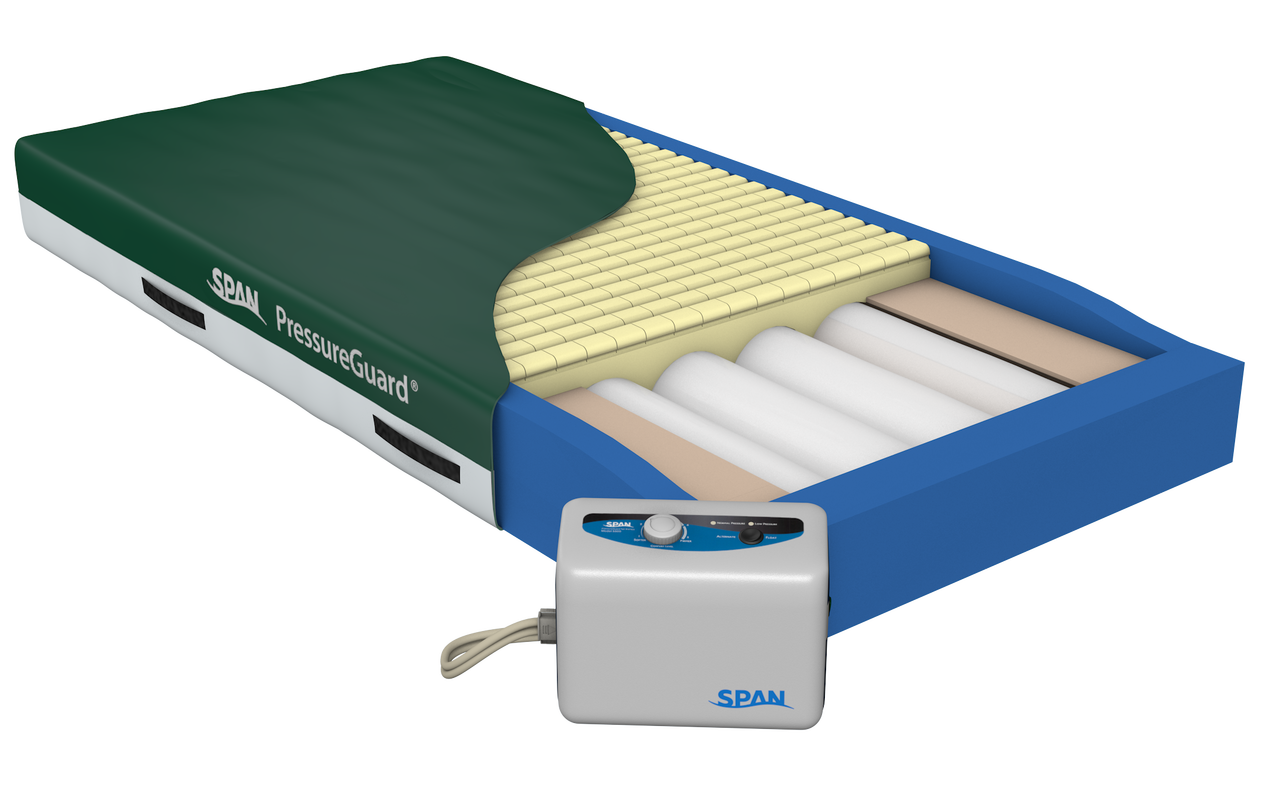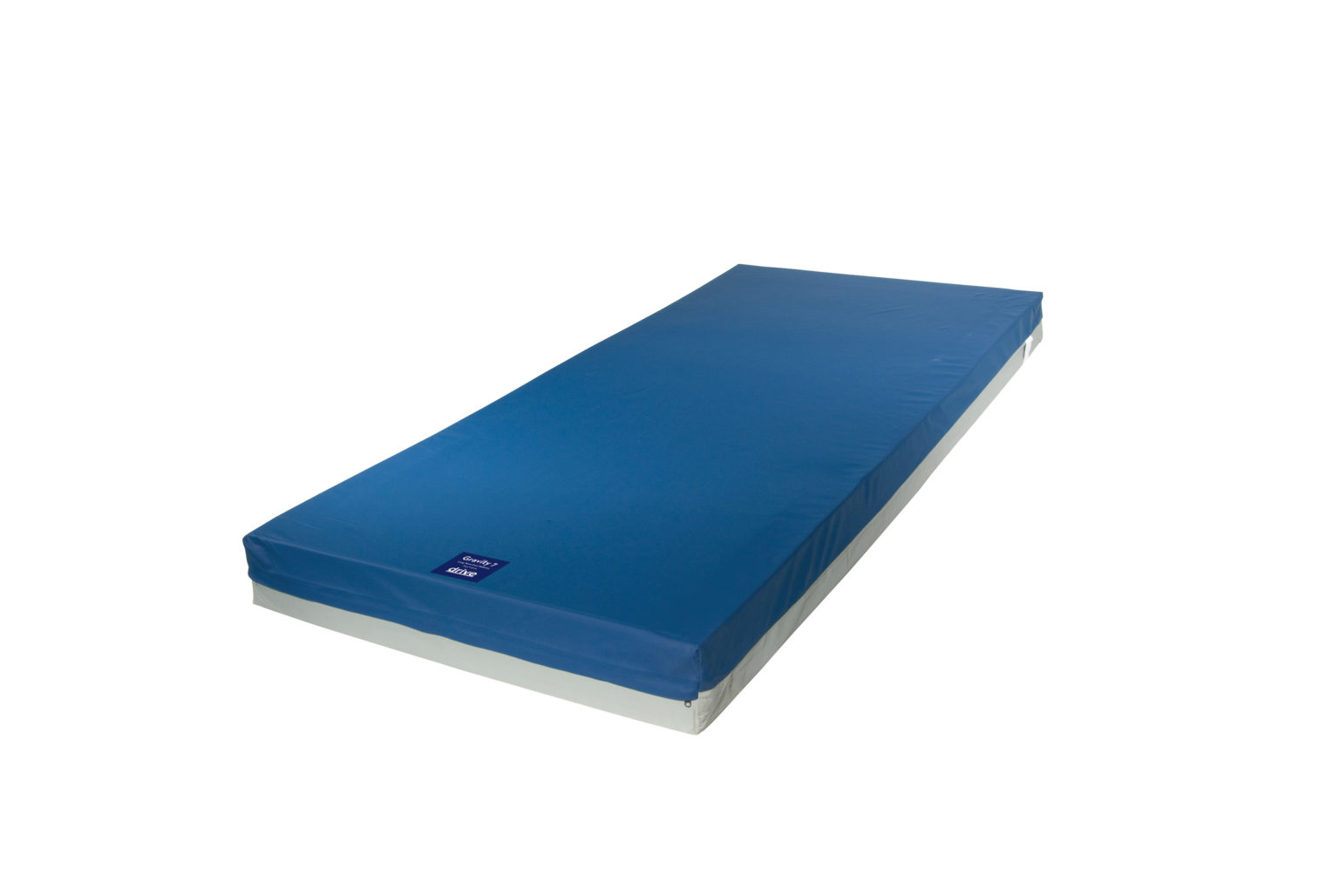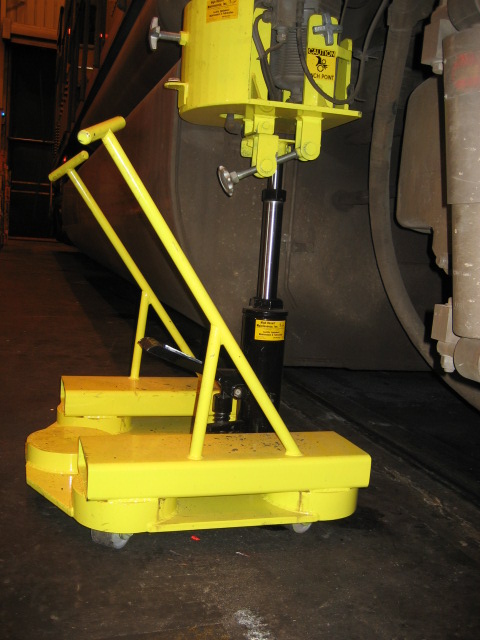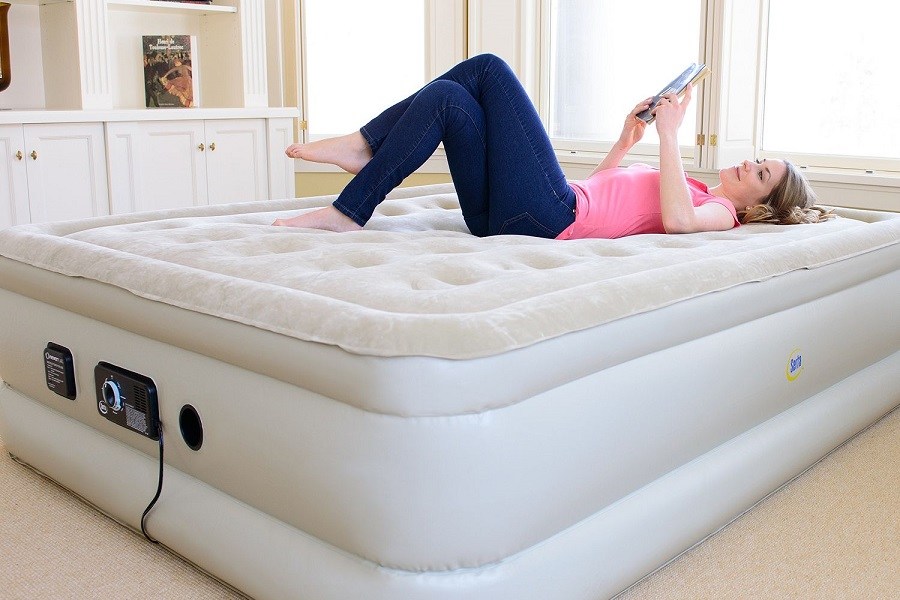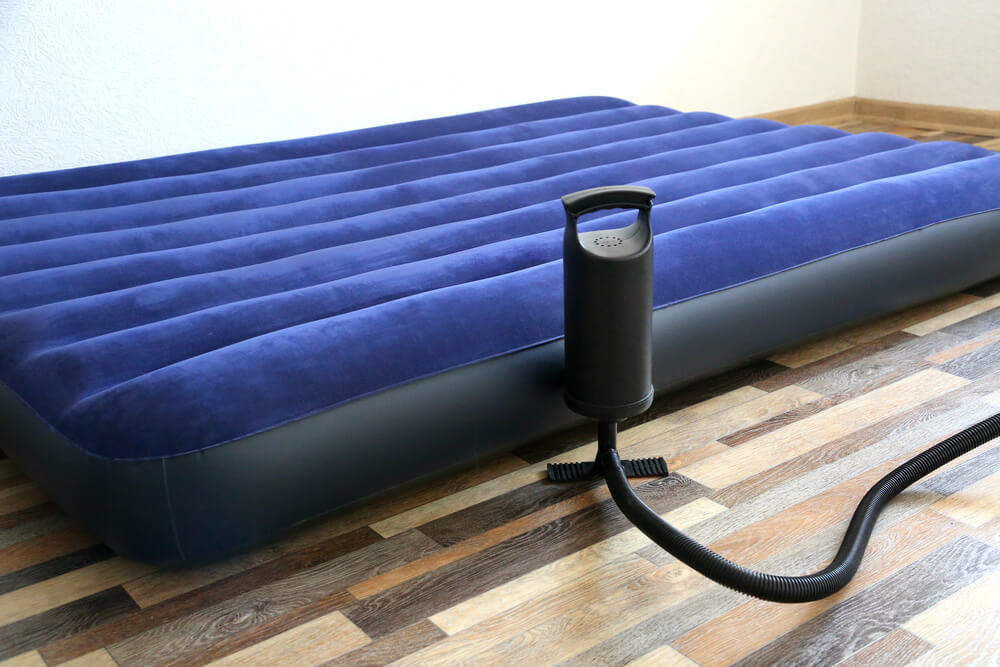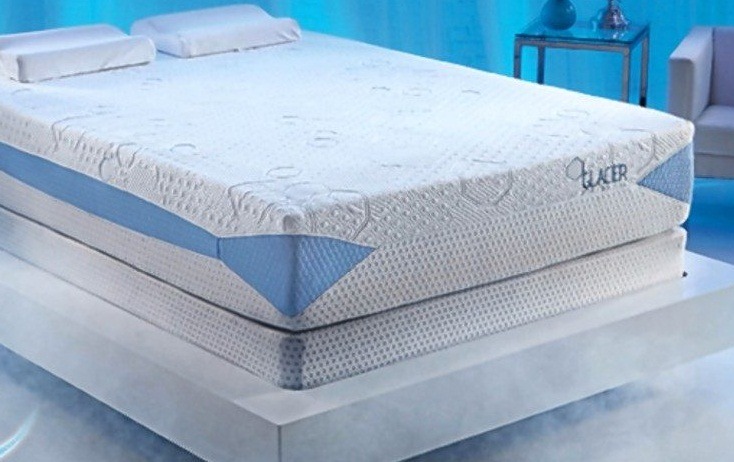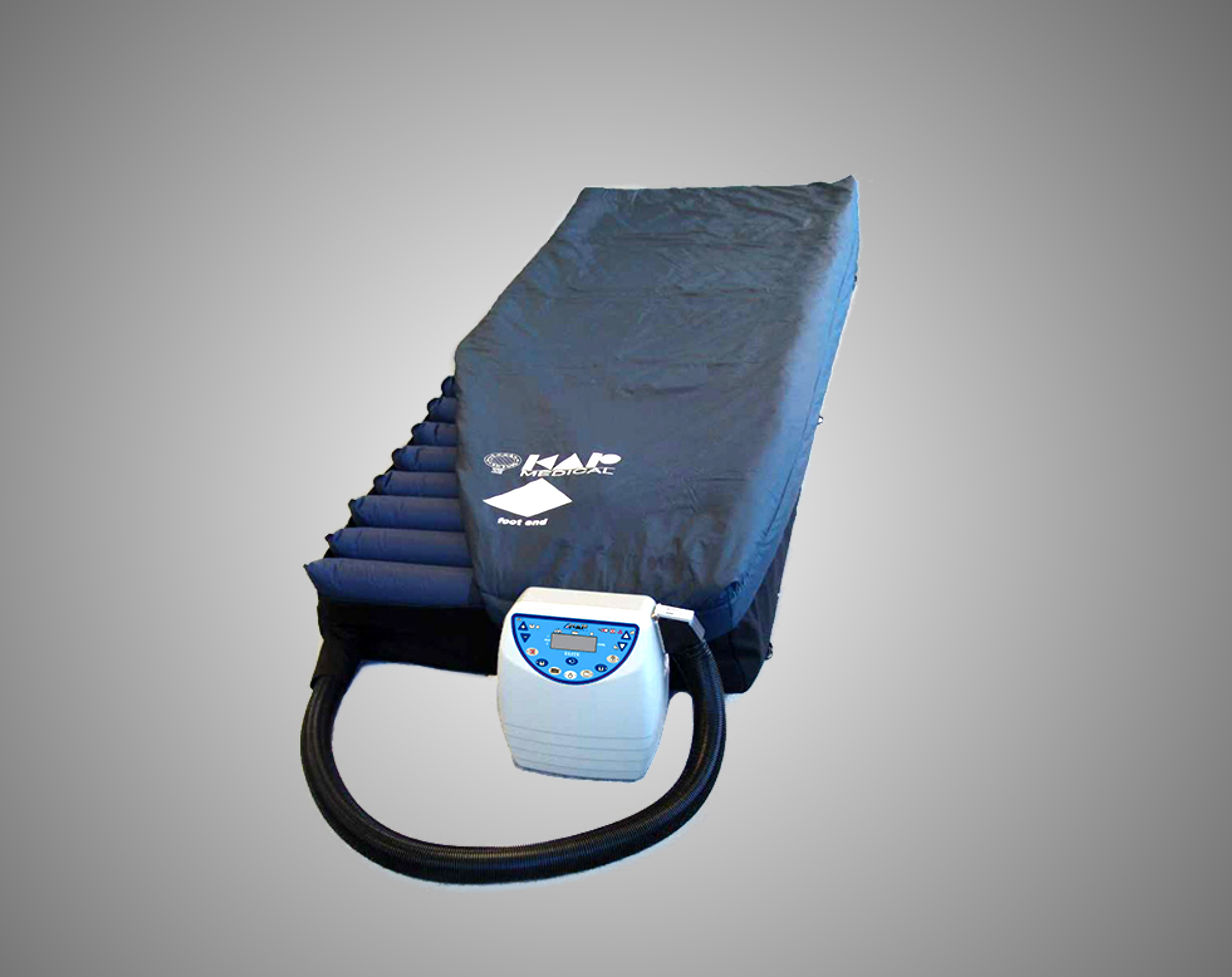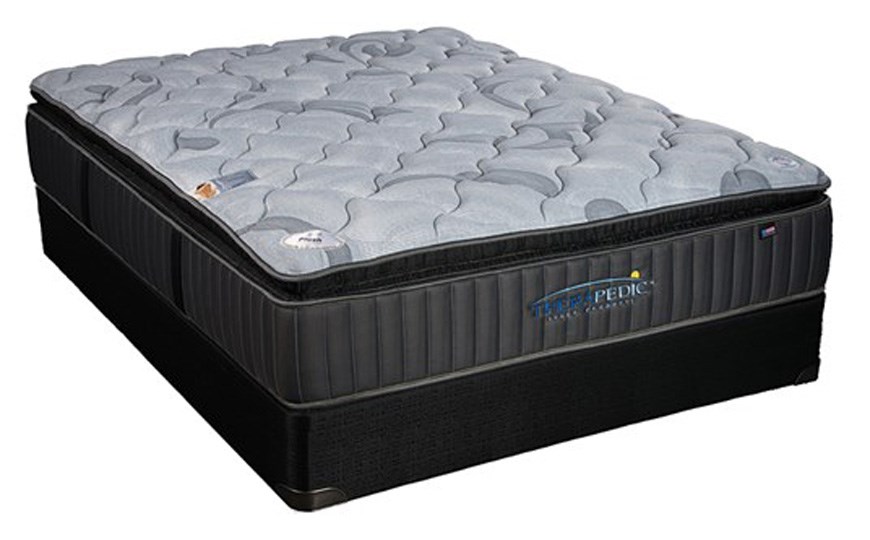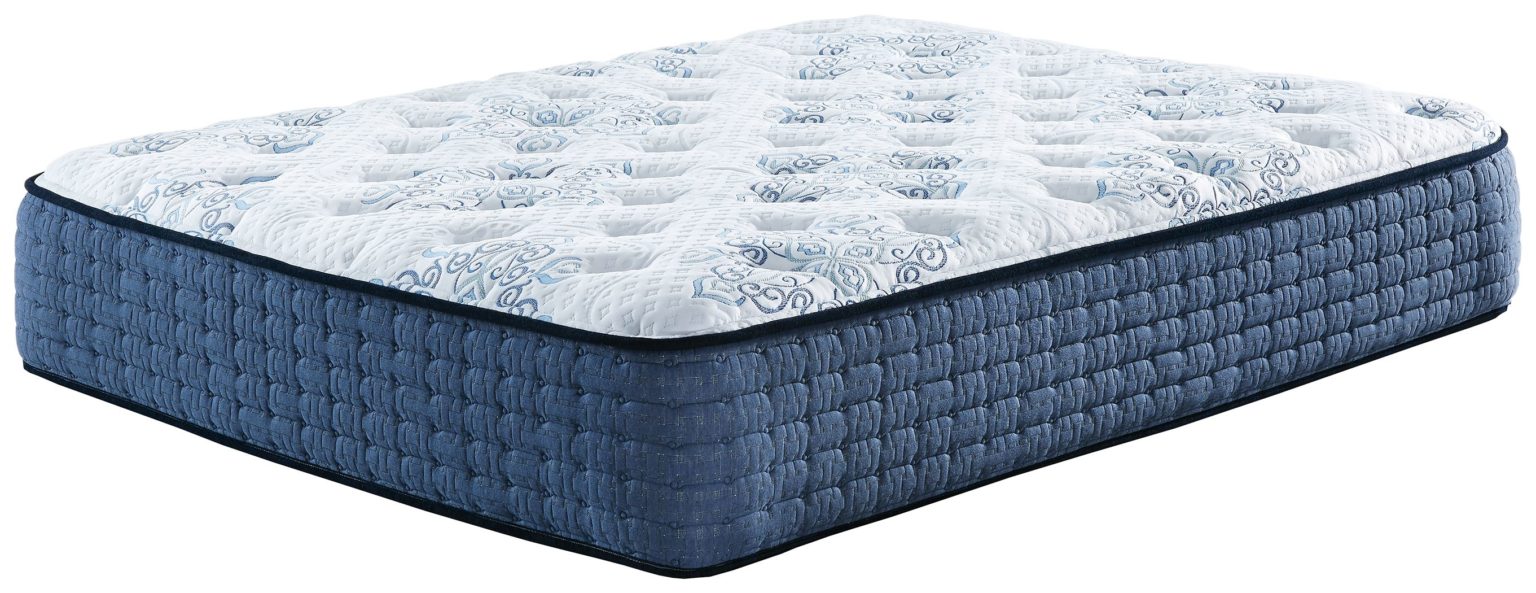An alternating pressure mattress is designed to prevent pressure ulcers and promote healing for patients who are bedridden or have limited mobility. It works by alternating the pressure and support points of the body, which helps to improve blood circulation and reduce the risk of developing pressure ulcers. These mattresses are often recommended for patients with spinal cord injuries, paralysis, or other medical conditions that require long periods of bed rest. Key Features: Pressure redistribution, alternating pressure, promotes healing, reduces risk of pressure ulcers.Alternating Pressure Mattresses
Low air loss mattresses are specifically designed for patients who are at high risk of developing pressure ulcers. These mattresses use a system of air cells that constantly inflate and deflate, creating a gentle massaging effect that helps to reduce pressure and moisture buildup. They also have small holes throughout the surface to allow for air flow, which helps to keep the patient's skin dry and cool. Key Features: Pressure relief, moisture control, promotes healing, reduces risk of pressure ulcers.Low Air Loss Mattresses
Static air mattresses are designed to provide a consistent level of support and pressure redistribution for patients. These mattresses use a series of air chambers that can be adjusted to the patient's desired level of firmness. They are often recommended for patients who are at a moderate risk of developing pressure ulcers and require a comfortable and supportive surface for extended periods of time. Key Features: Customizable support, pressure redistribution, comfortable, reduces risk of pressure ulcers.Static Air Mattresses
Bariatric air mattresses are specifically designed to support and accommodate patients who are overweight or obese. These mattresses have a higher weight capacity and are wider and longer than standard mattresses, providing a more comfortable and supportive surface for larger patients. They also offer pressure relief and promote healing for patients who are at a higher risk of developing pressure ulcers. Key Features: High weight capacity, wider and longer dimensions, pressure relief, promotes healing.Bariatric Air Mattresses
Self-inflating air mattresses use a self-adjusting air system to automatically inflate and deflate based on the patient's movements. This helps to continuously redistribute pressure and support the body, reducing the risk of developing pressure ulcers. These mattresses are also designed to be lightweight and easy to transport, making them ideal for patients who require frequent movement or transfers. Key Features: Self-adjusting, pressure redistribution, lightweight, easy to transport.Self-Inflating Air Mattresses
Non-powered air mattresses are an affordable and low-maintenance option for patients who require pressure relief and support. These mattresses use a series of interconnected air cells that can be adjusted manually to provide the desired level of firmness and support. They are also easy to clean and maintain, making them a practical choice for home care settings. Key Features: Affordable, low maintenance, manual adjustment, easy to clean.Non-Powered Air Mattresses
Hybrid air mattresses combine the features of air and foam mattresses to provide both pressure relief and support for patients. These mattresses use a layer of foam on top of a series of air cells, creating a comfortable and supportive surface that can be adjusted to the patient's desired level of firmness. They are also designed to reduce heat and moisture buildup, promoting a dry and cool environment for the patient's skin. Key Features: Combines air and foam, pressure relief and support, customizable firmness, reduces heat and moisture buildup.Hybrid Air Mattresses
Pressure redistribution mattresses are designed to evenly distribute the patient's weight and reduce pressure on specific areas of the body. These mattresses use a combination of foam, air, or gel to contour to the patient's body and provide support and pressure relief. They are often recommended for patients who are at a high risk of developing pressure ulcers or have existing pressure injuries. Key Features: Even weight distribution, pressure relief, supports body contours, recommended for high-risk patients.Pressure Redistribution Mattresses
Low profile air mattresses are ideal for patients who require a lower height mattress for easier transfers and getting in and out of bed. These mattresses use a series of air cells that can be adjusted to provide the desired level of support and pressure relief. They are also designed to be lightweight and easy to move, making them a practical option for home care or long-term care facilities. Key Features: Low height, easy transfers, customizable support, lightweight.Low Profile Air Mattresses
Therapeutic air mattresses are designed to provide support and pressure relief for patients with chronic pain, injuries, or other medical conditions. These mattresses use a combination of air and foam to contour to the patient's body and provide customizable support and pressure redistribution. They are also designed to reduce heat and moisture buildup, promoting a comfortable and healing environment for the patient. Key Features: Support for chronic pain, customizable support and pressure redistribution, reduces heat and moisture buildup.Therapeutic Air Mattresses
The Importance of Choosing the Right Hospital Air Mattress
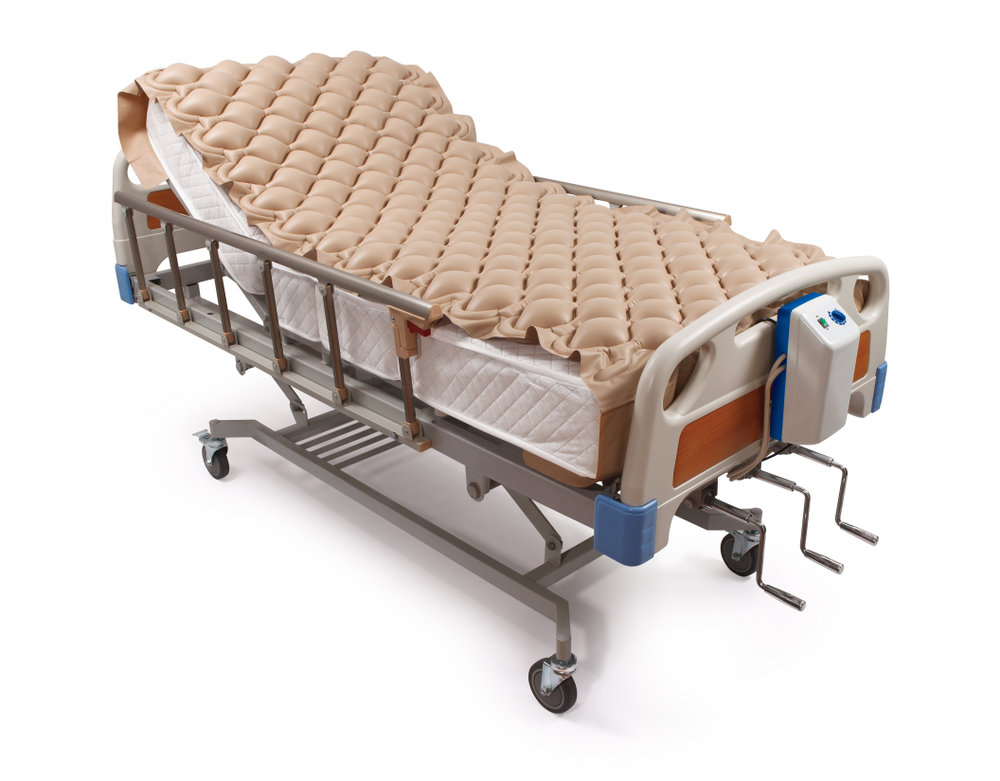
The Role of Hospital Air Mattresses in Patient Care
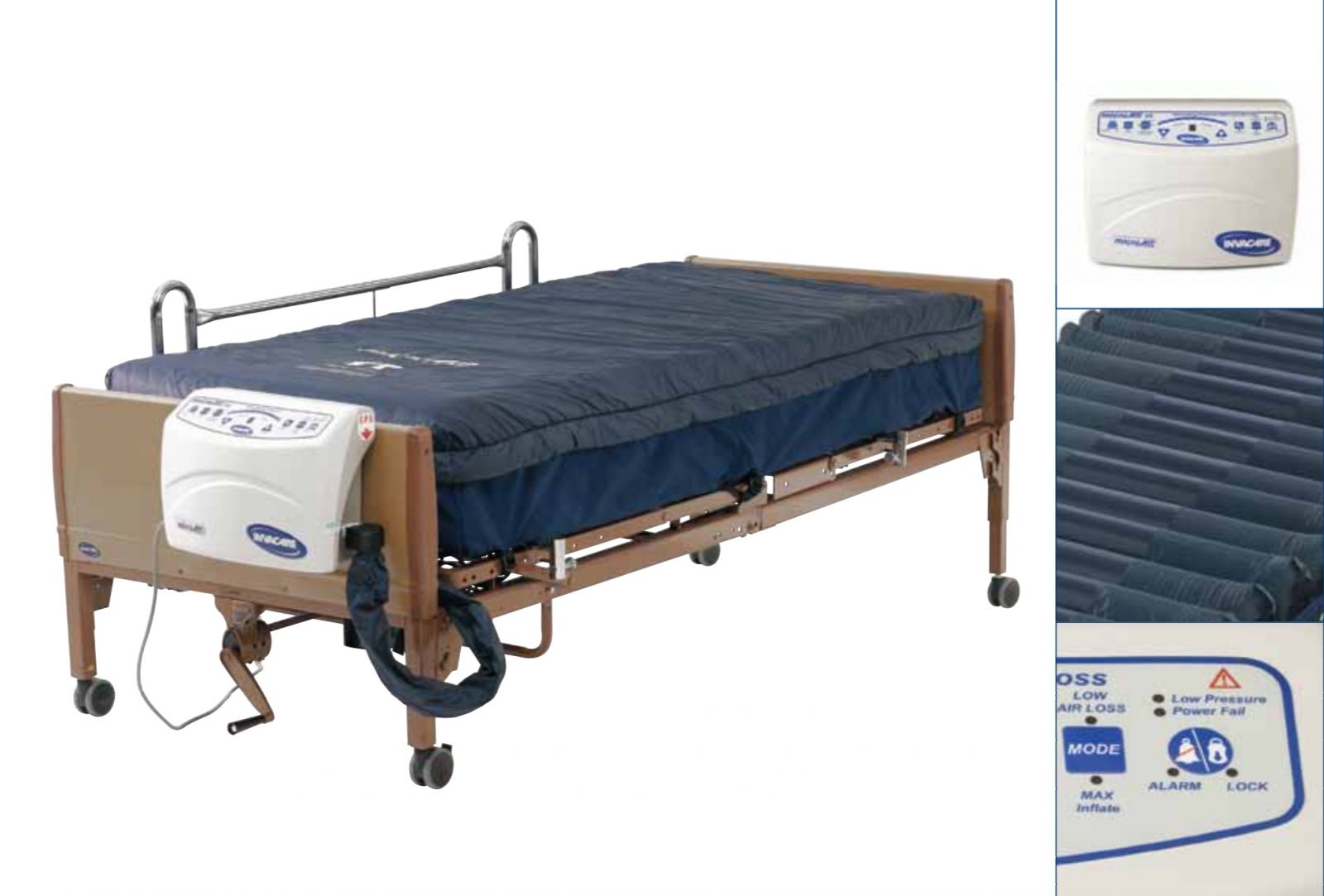 Hospital air mattresses are an essential component in providing comfort and support to patients who are bedridden or have limited mobility. These specialized mattresses are designed to distribute pressure evenly and reduce the risk of pressure ulcers, also known as bedsores. Pressure ulcers can be a serious and painful complication for patients, and they can also lead to longer hospital stays and increased healthcare costs. Therefore, choosing the right hospital air mattress is crucial in ensuring the well-being and recovery of patients.
Hospital air mattresses are an essential component in providing comfort and support to patients who are bedridden or have limited mobility. These specialized mattresses are designed to distribute pressure evenly and reduce the risk of pressure ulcers, also known as bedsores. Pressure ulcers can be a serious and painful complication for patients, and they can also lead to longer hospital stays and increased healthcare costs. Therefore, choosing the right hospital air mattress is crucial in ensuring the well-being and recovery of patients.
Types of Hospital Air Mattresses
 There are several types of hospital air mattresses available in the market, each with its unique features and benefits. One type is the low-air-loss mattress, which uses a series of small air cells to distribute air and reduce pressure. This type of mattress also has a moisture-wicking cover to keep patients dry and comfortable. Another type is the alternating pressure mattress, which uses alternating chambers of air to redistribute pressure and promote blood flow. This type is particularly useful for patients at high risk of developing pressure ulcers.
There are several types of hospital air mattresses available in the market, each with its unique features and benefits. One type is the low-air-loss mattress, which uses a series of small air cells to distribute air and reduce pressure. This type of mattress also has a moisture-wicking cover to keep patients dry and comfortable. Another type is the alternating pressure mattress, which uses alternating chambers of air to redistribute pressure and promote blood flow. This type is particularly useful for patients at high risk of developing pressure ulcers.
The Key Features to Consider
 When choosing a hospital air mattress, there are a few key features to consider. First and foremost, the mattress should have adjustable air pressure settings to cater to the individual needs of each patient. It should also have a waterproof and breathable cover to prevent the buildup of moisture and bacteria. Additionally, the mattress should have a weight capacity that can support the patient's weight and prevent bottoming out. Other features to consider include noise level, ease of cleaning, and the availability of additional features such as built-in pumps or side bolsters for added support.
When choosing a hospital air mattress, there are a few key features to consider. First and foremost, the mattress should have adjustable air pressure settings to cater to the individual needs of each patient. It should also have a waterproof and breathable cover to prevent the buildup of moisture and bacteria. Additionally, the mattress should have a weight capacity that can support the patient's weight and prevent bottoming out. Other features to consider include noise level, ease of cleaning, and the availability of additional features such as built-in pumps or side bolsters for added support.
The Bottom Line
 In conclusion, hospital air mattresses play a vital role in providing comfort and promoting healing for patients. It is crucial to carefully consider the type and features of the mattress to ensure the best possible outcome for patients. By choosing the right hospital air mattress, healthcare facilities can improve patient care and recovery, ultimately leading to better overall outcomes and reduced healthcare costs.
In conclusion, hospital air mattresses play a vital role in providing comfort and promoting healing for patients. It is crucial to carefully consider the type and features of the mattress to ensure the best possible outcome for patients. By choosing the right hospital air mattress, healthcare facilities can improve patient care and recovery, ultimately leading to better overall outcomes and reduced healthcare costs.




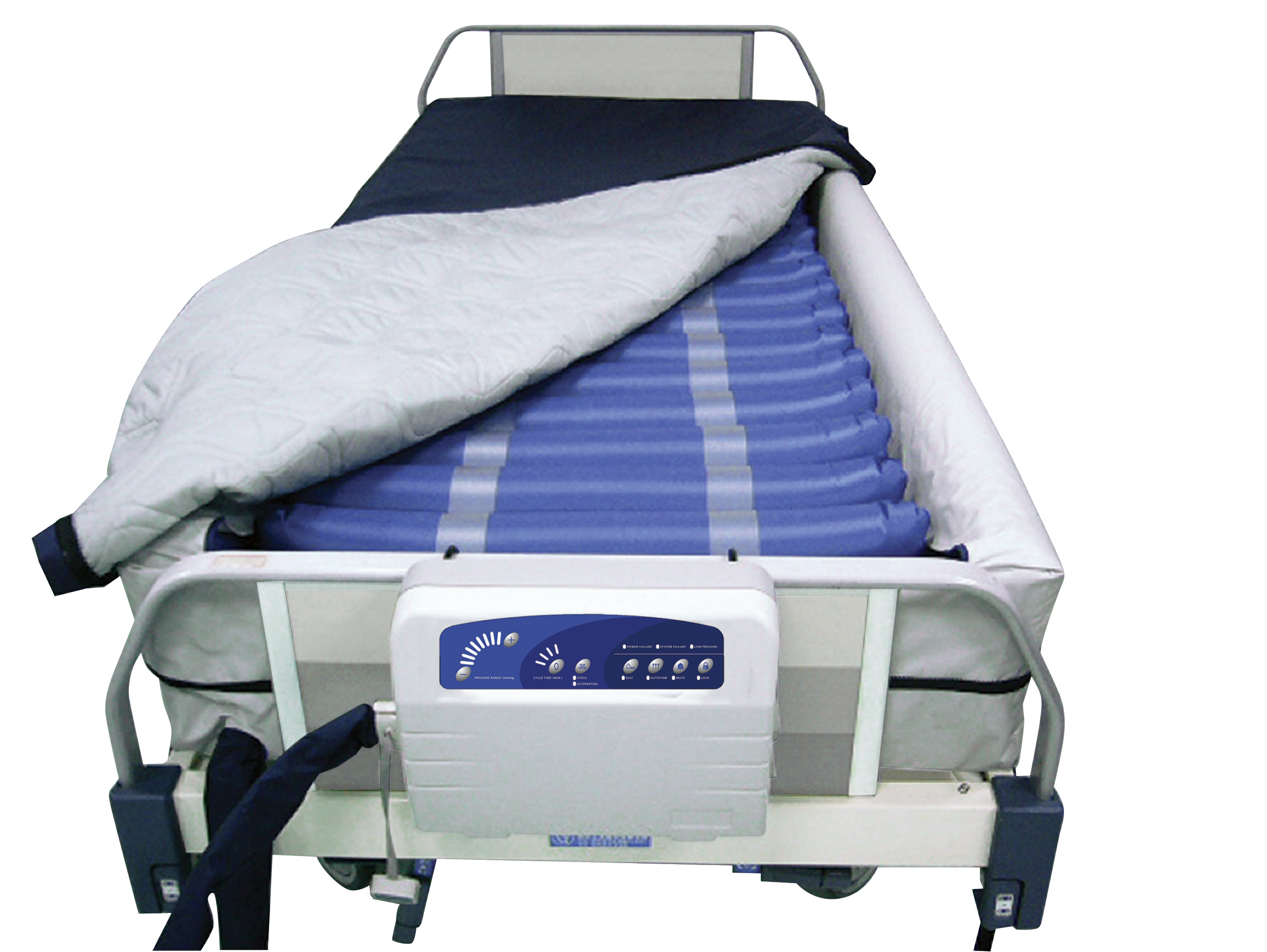
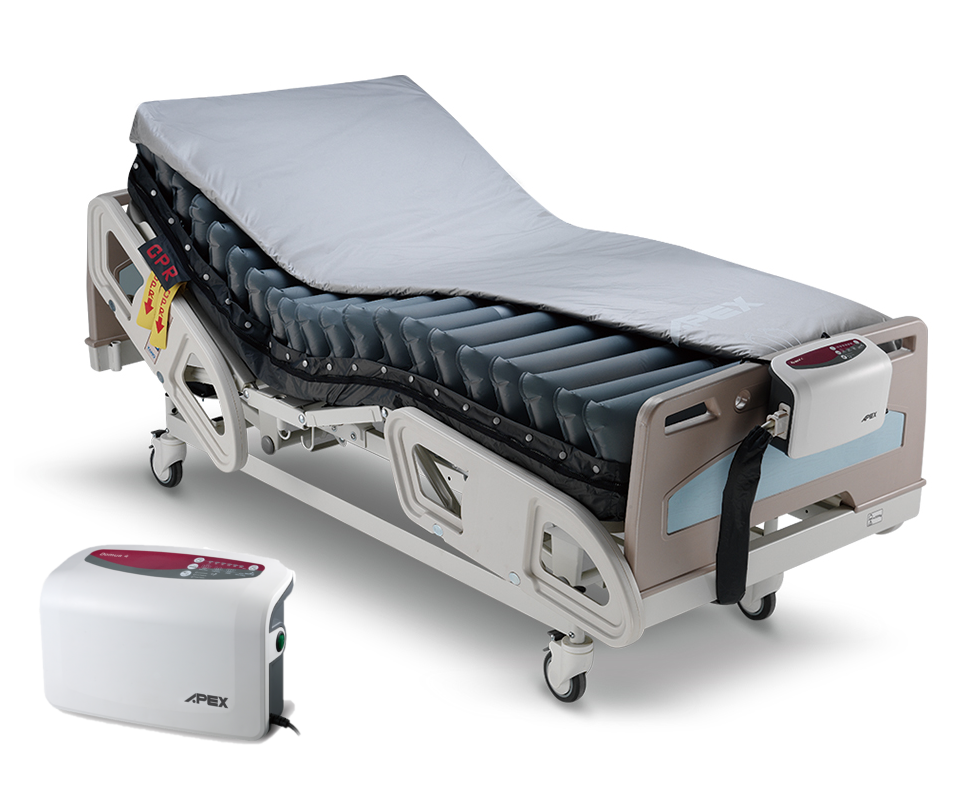

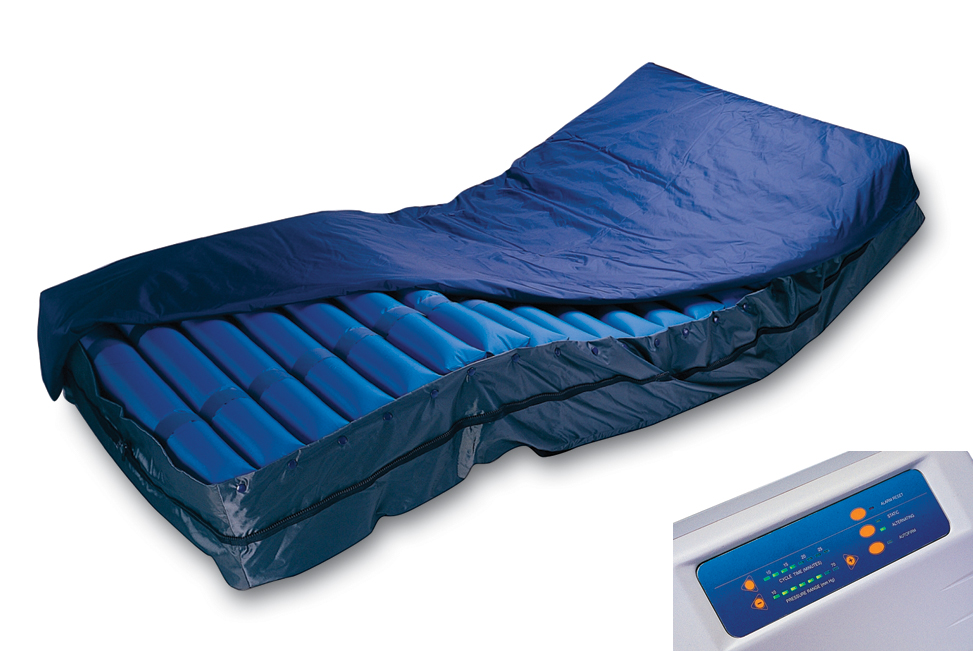

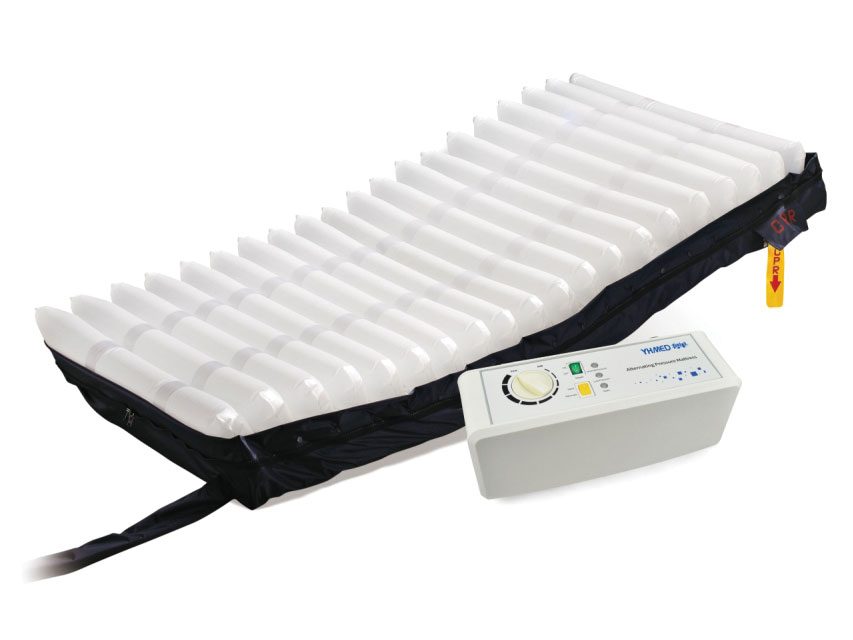
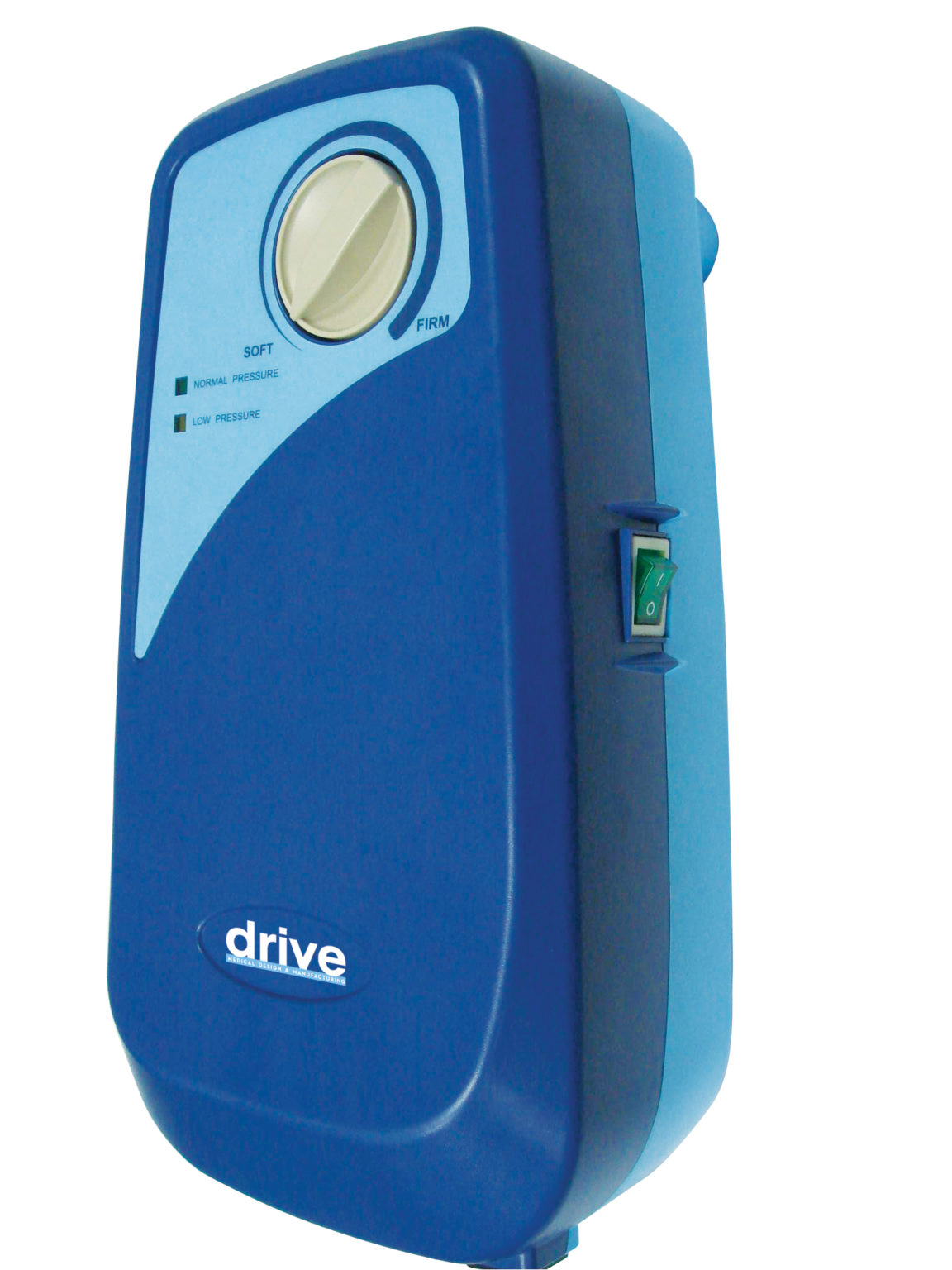
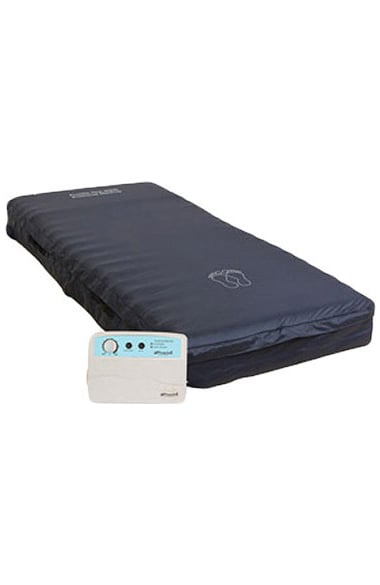




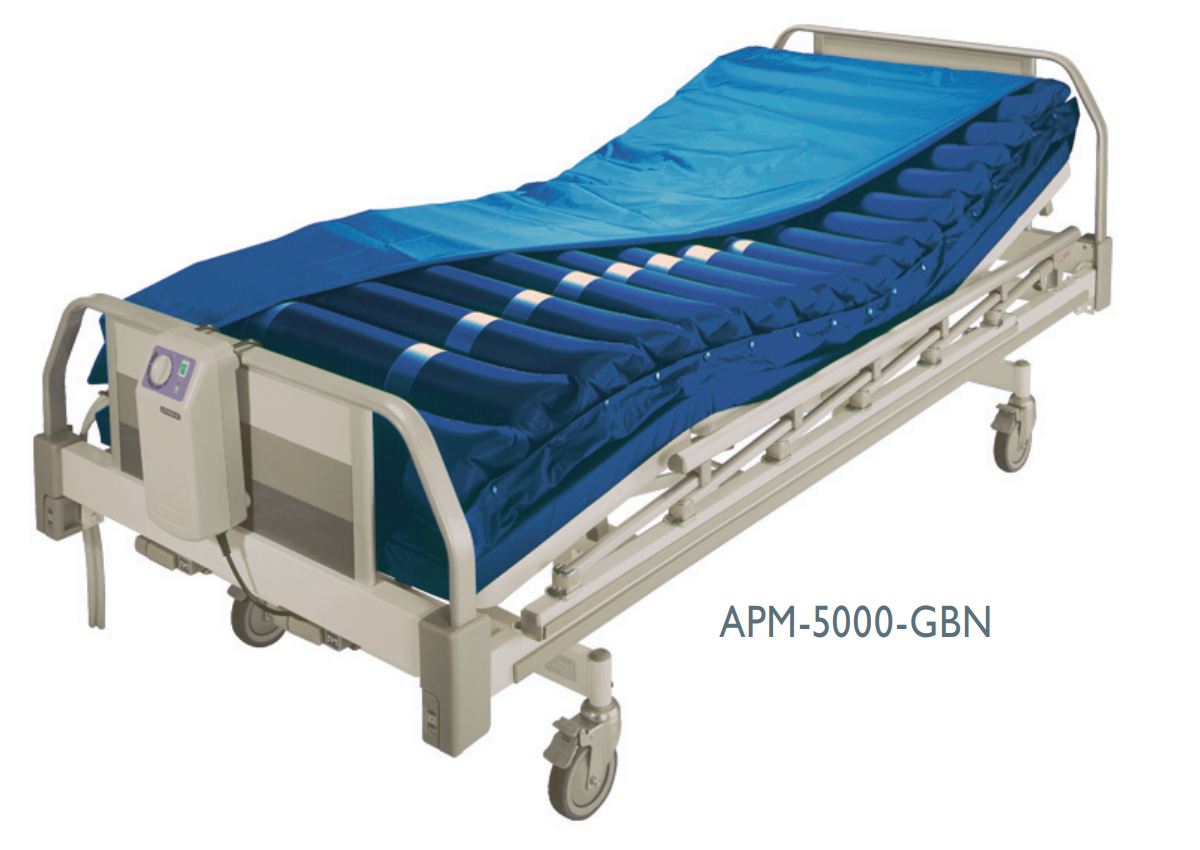
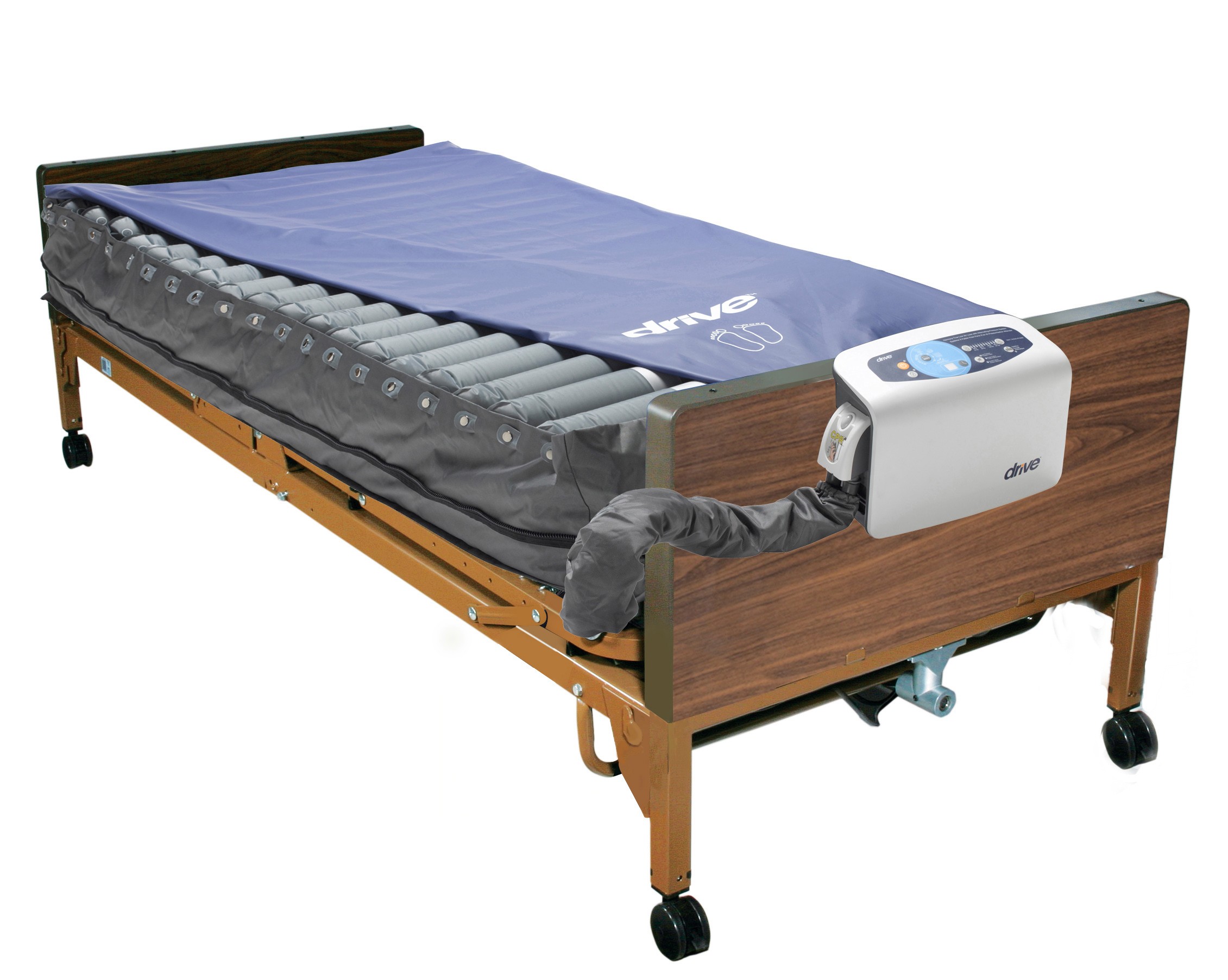

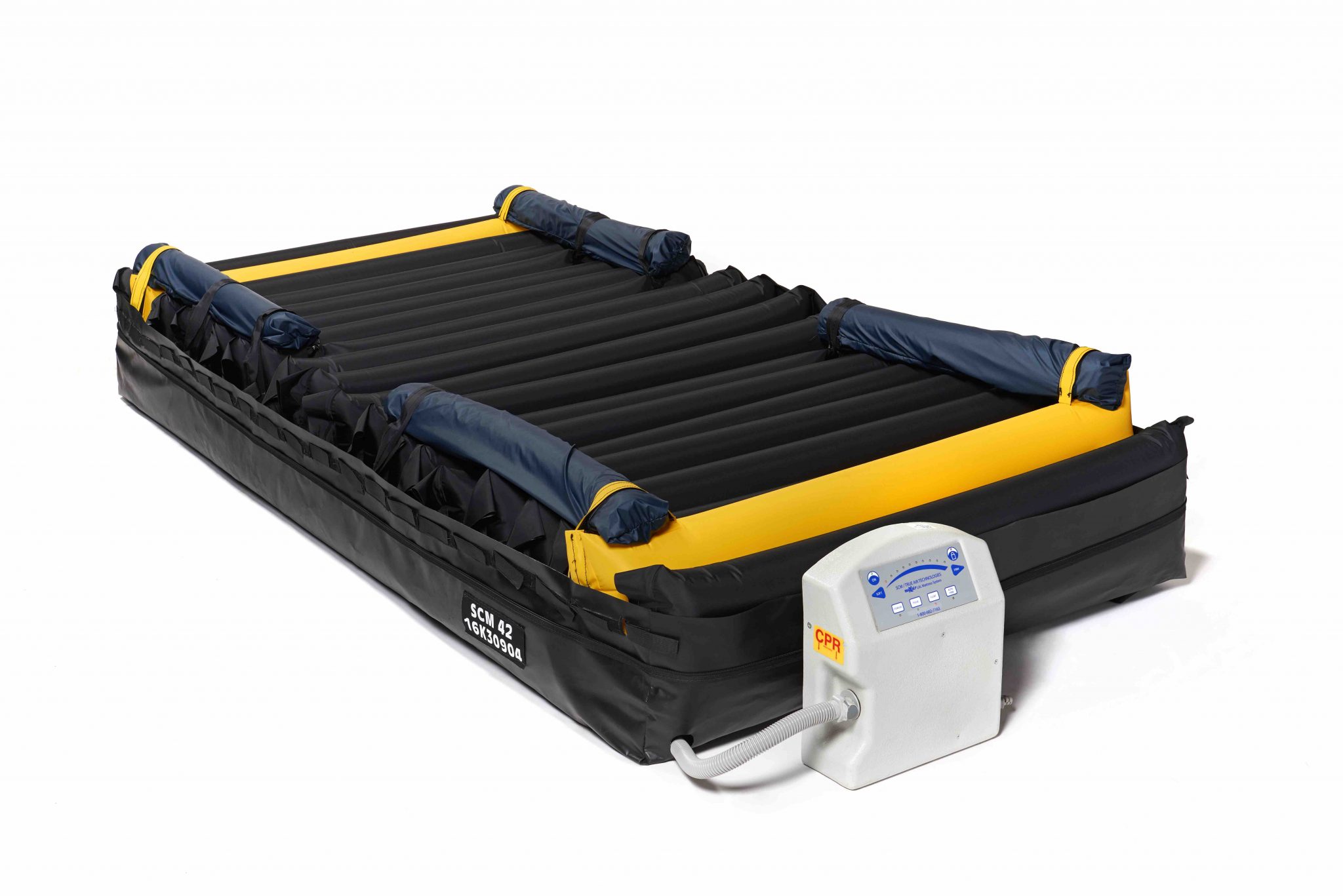
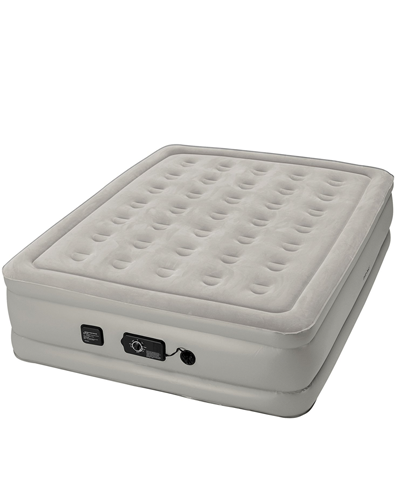


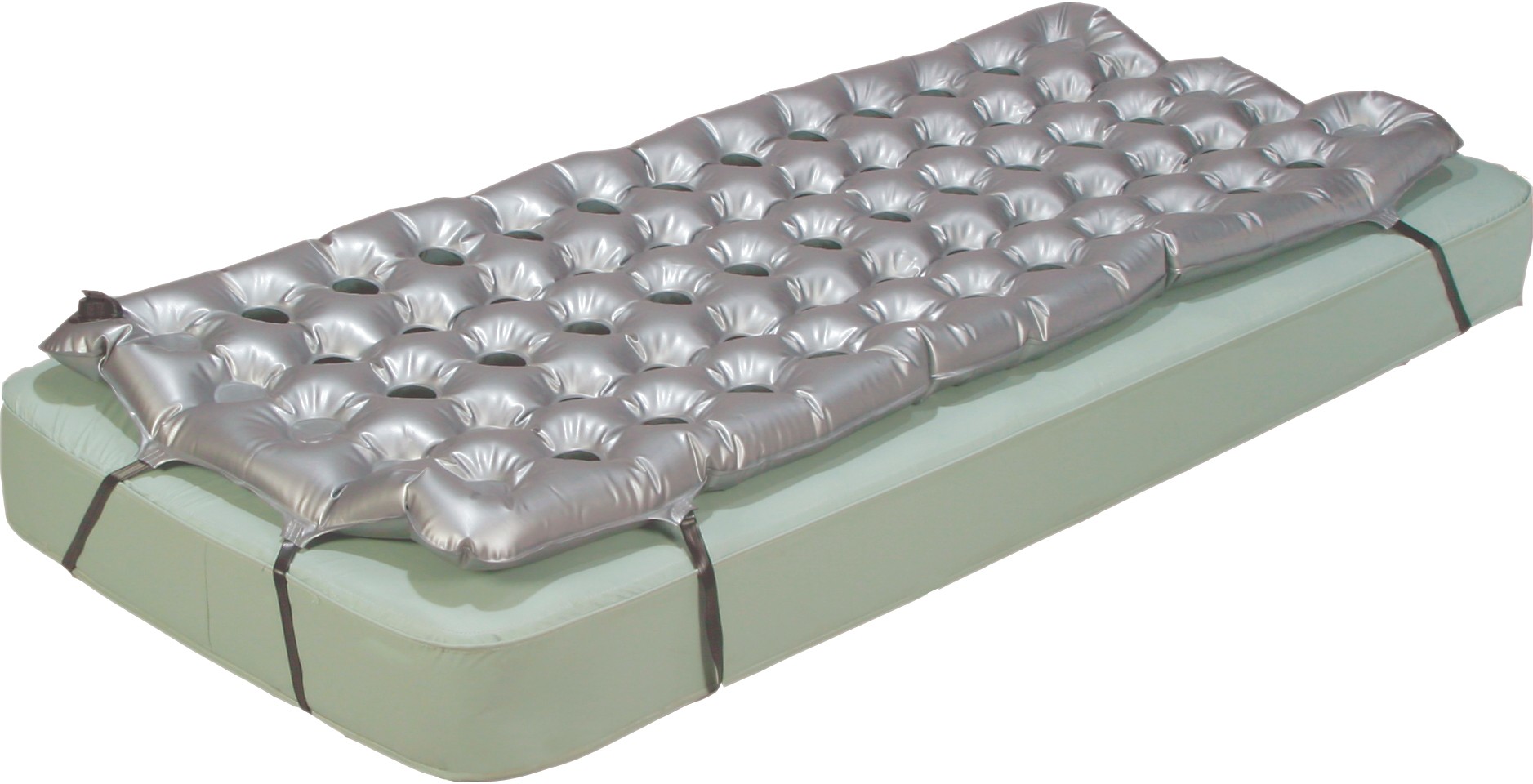
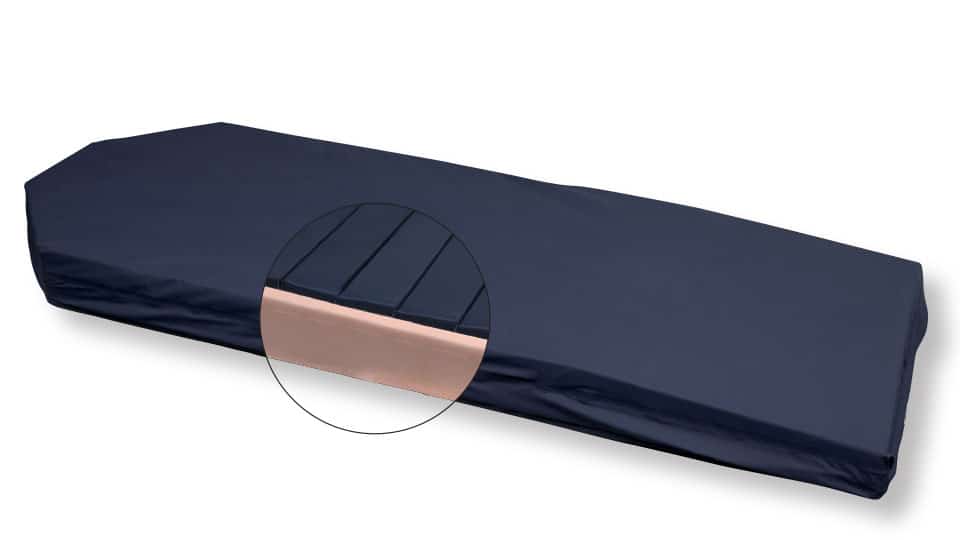

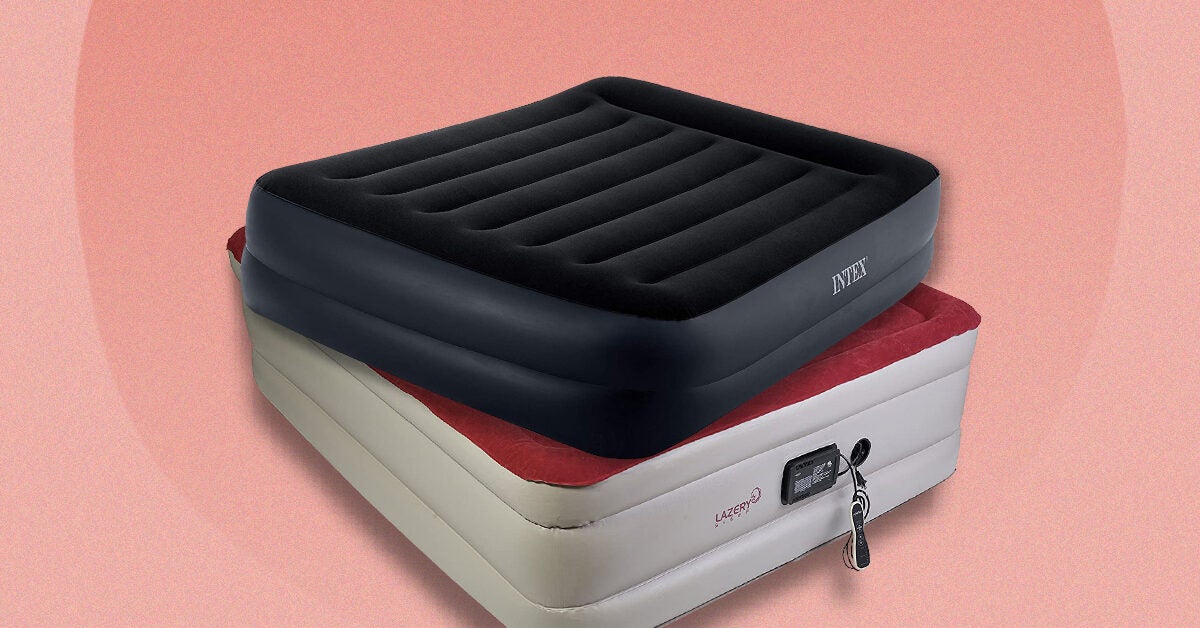
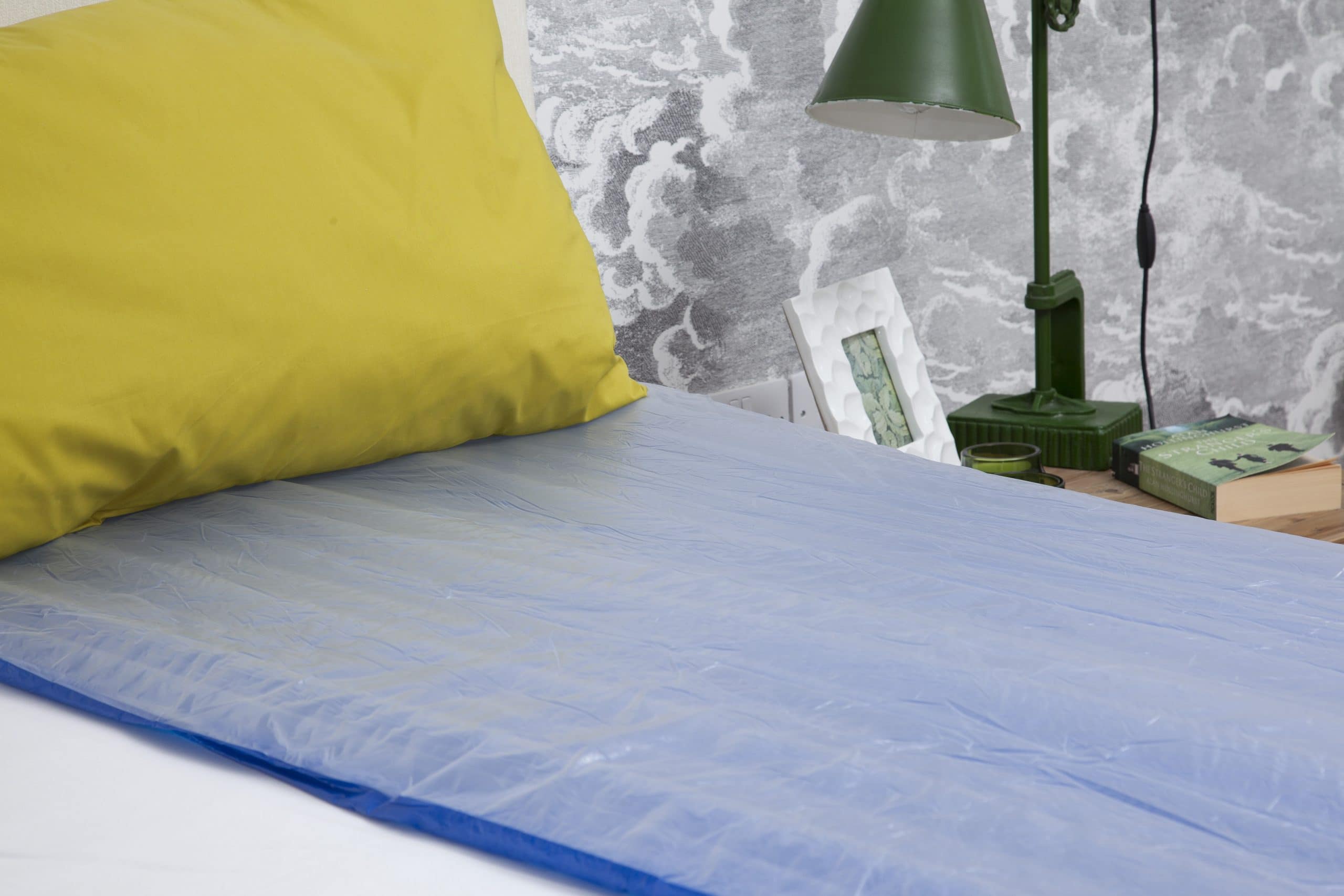


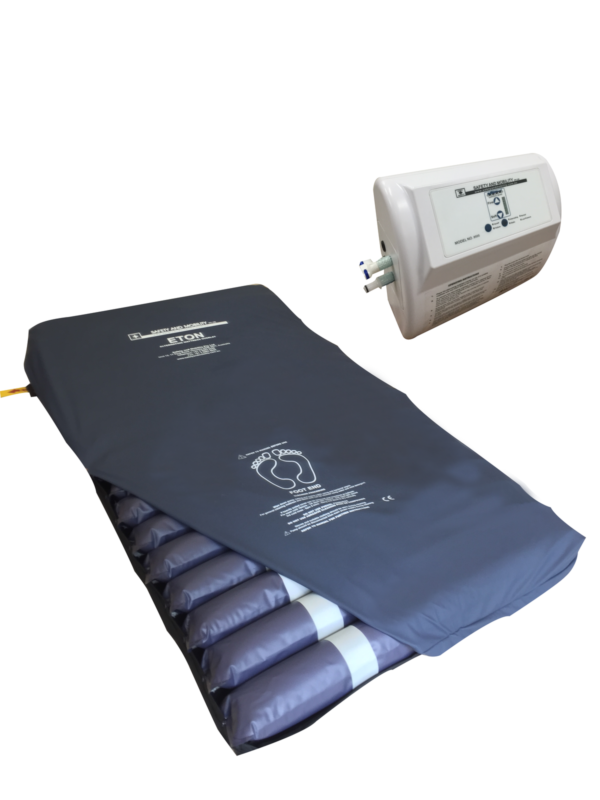



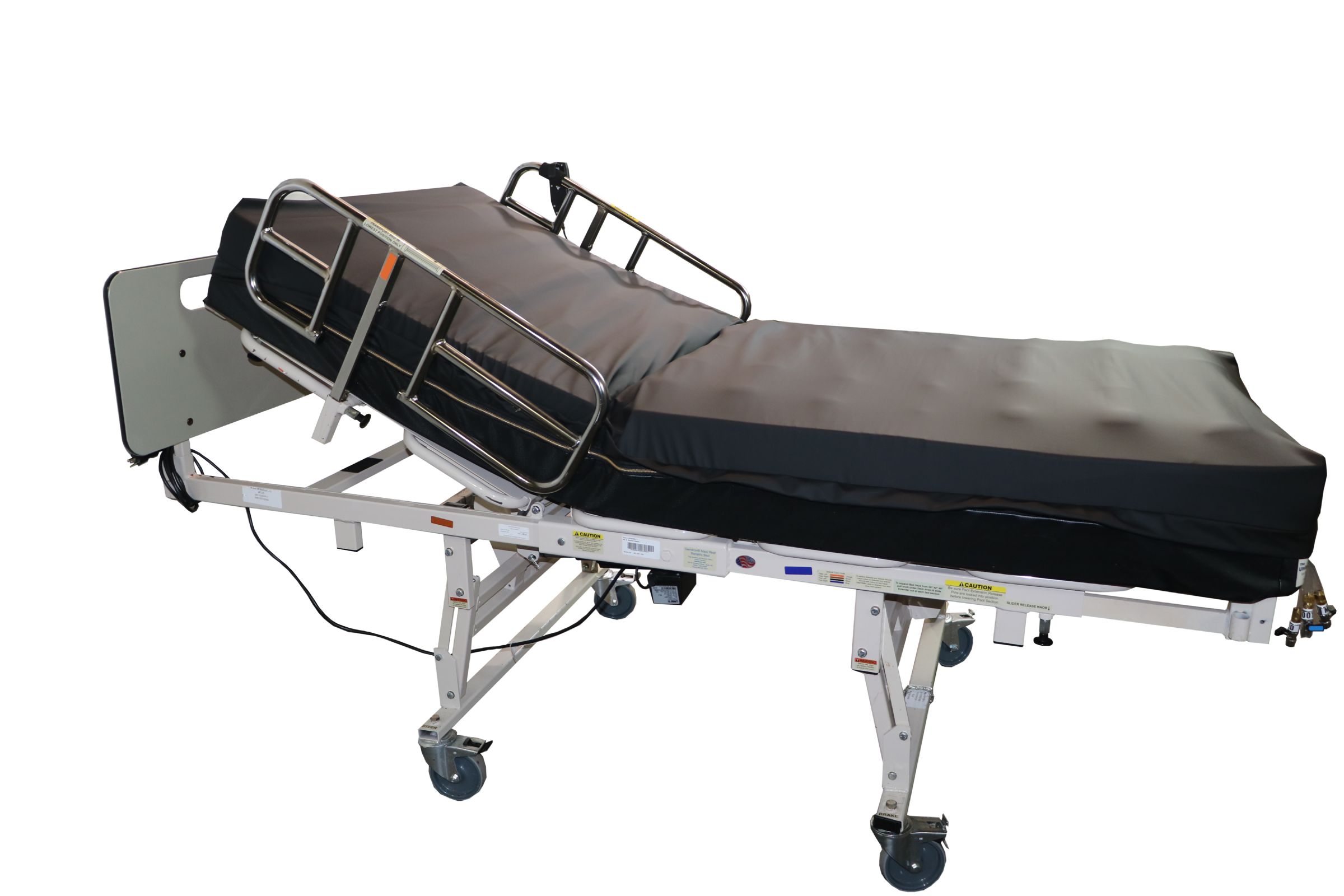






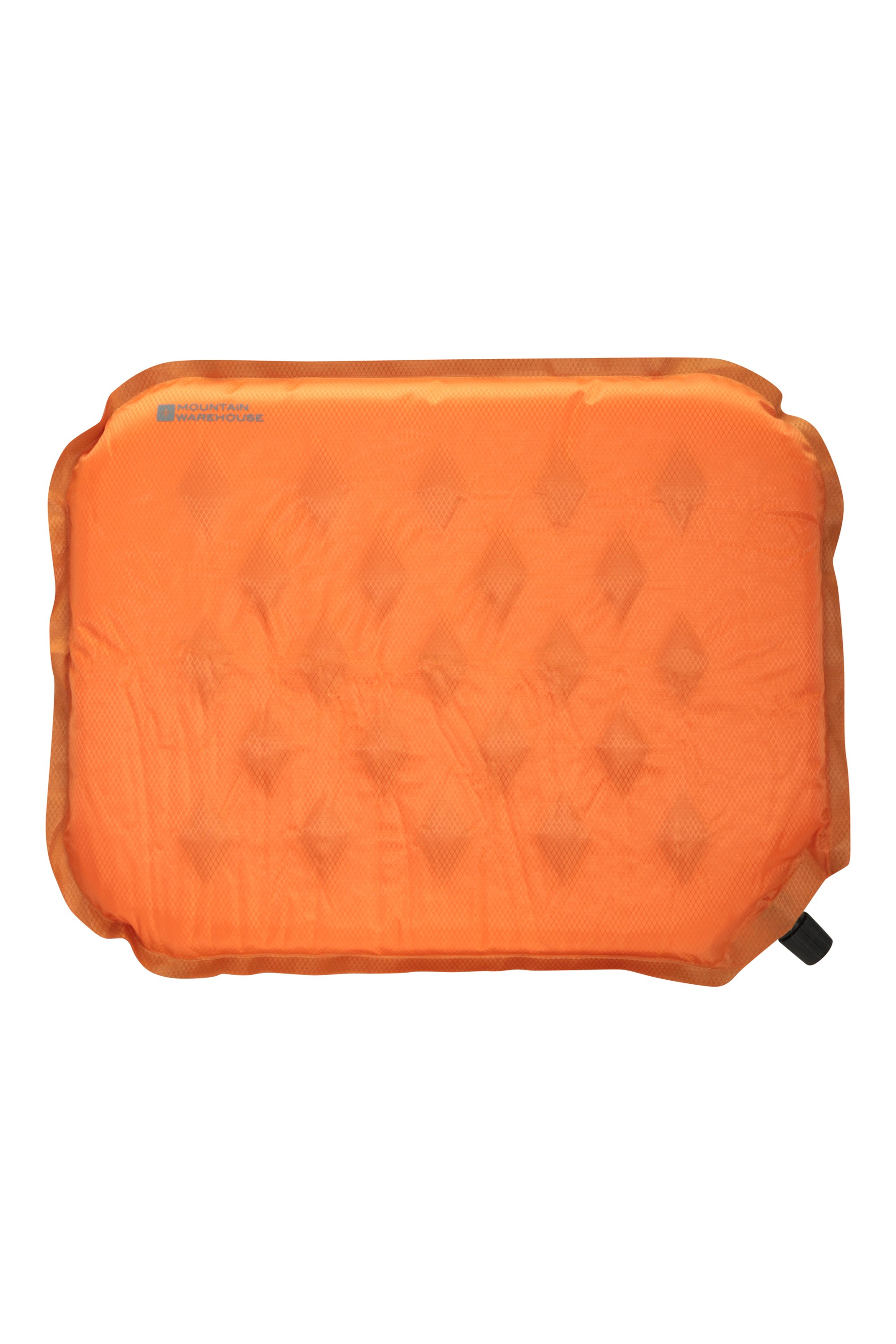

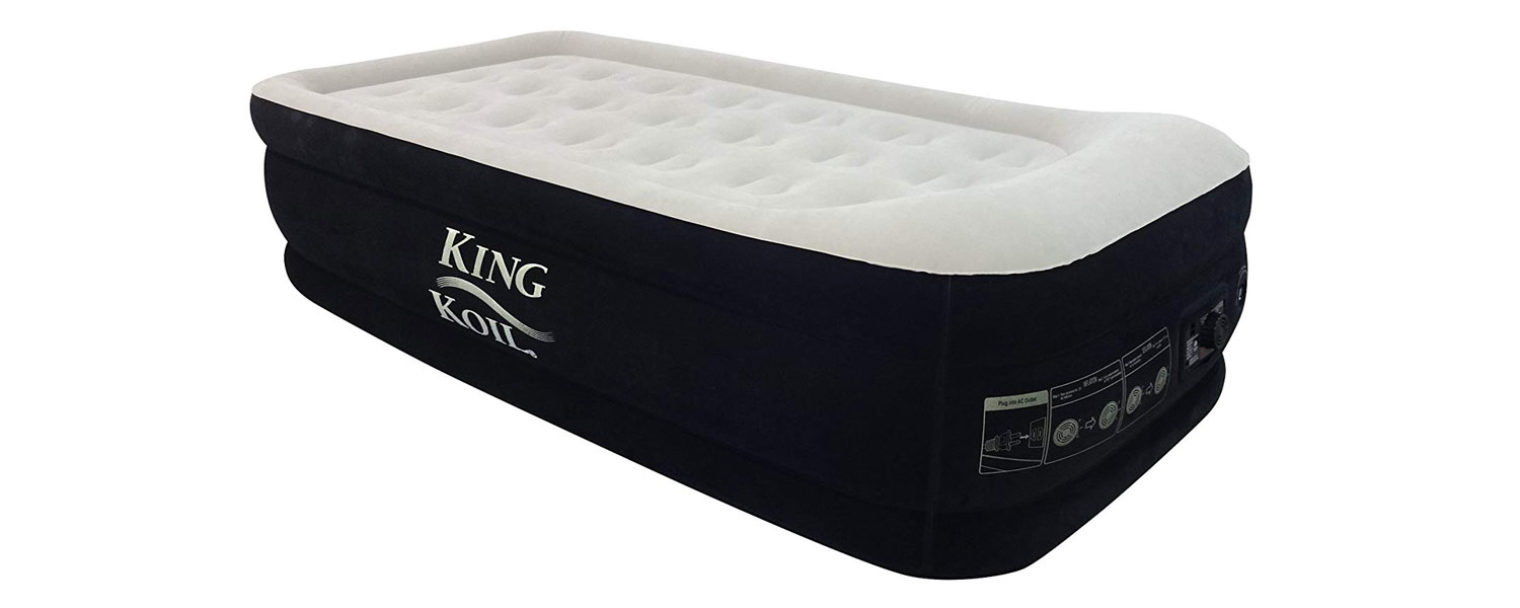

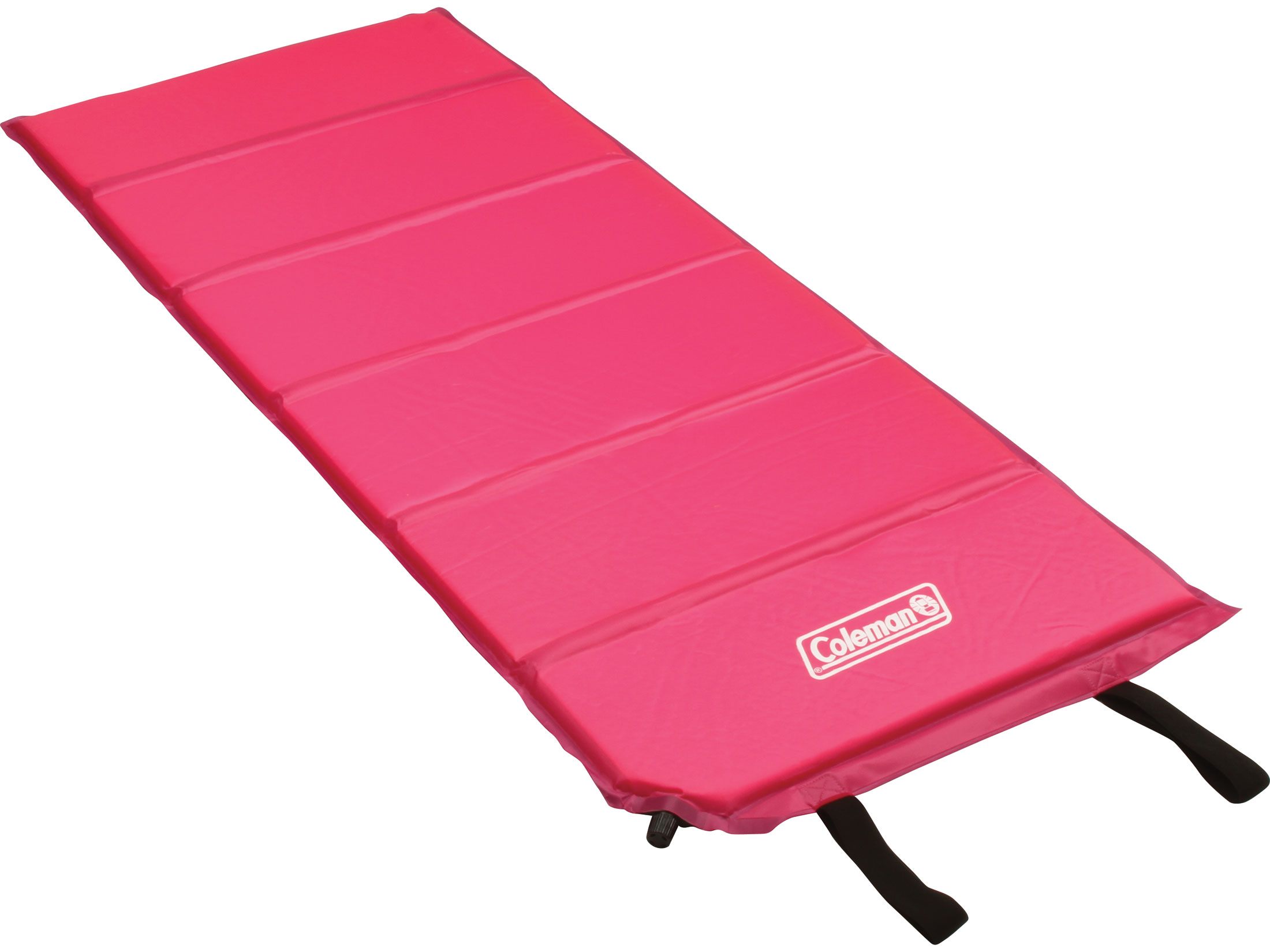






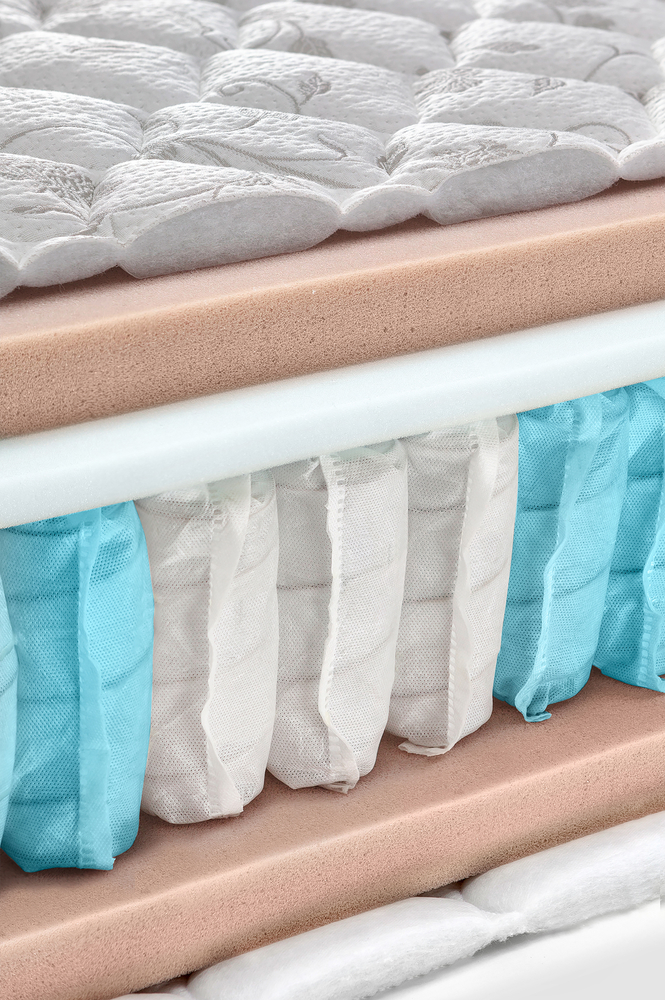

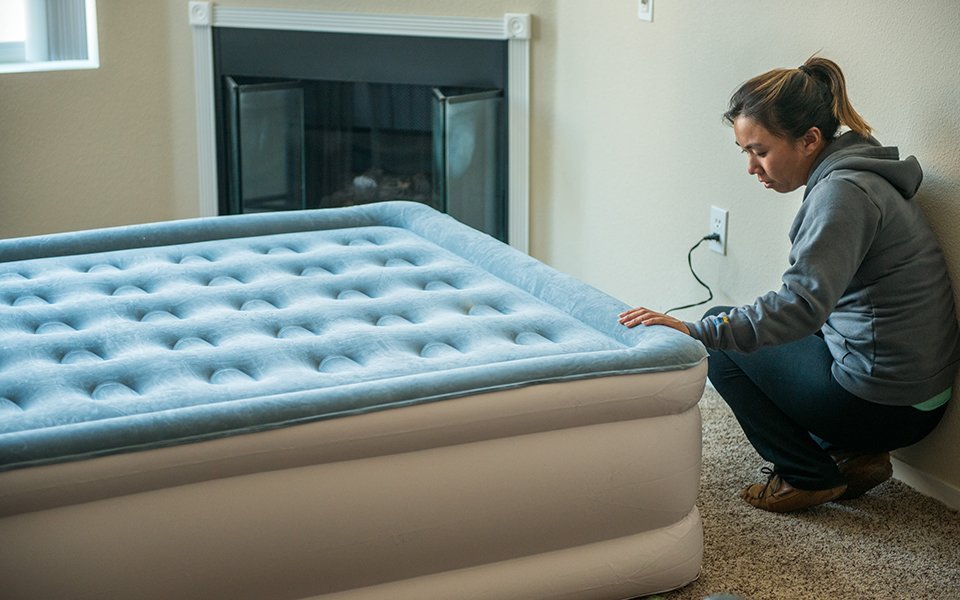


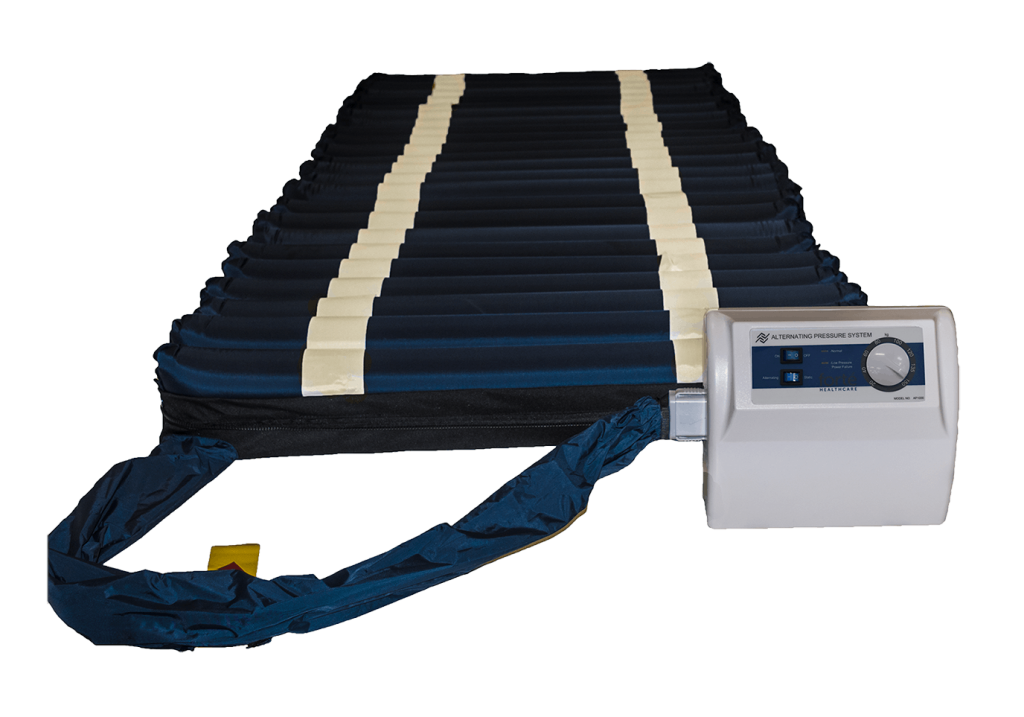









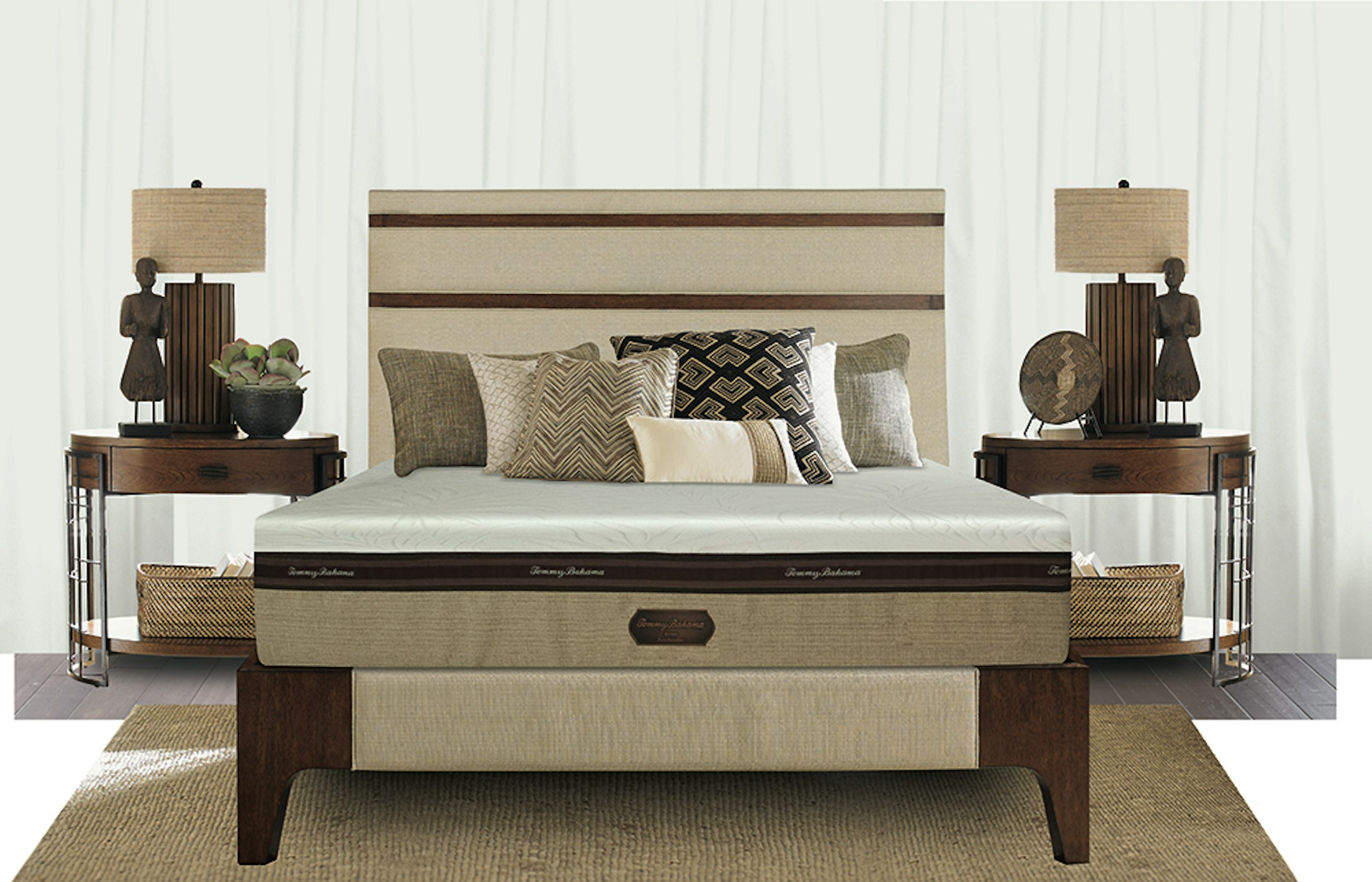



/GettyImages-1206142623-3dcc300bd742421cbfa943f534ebac2c.jpg)




